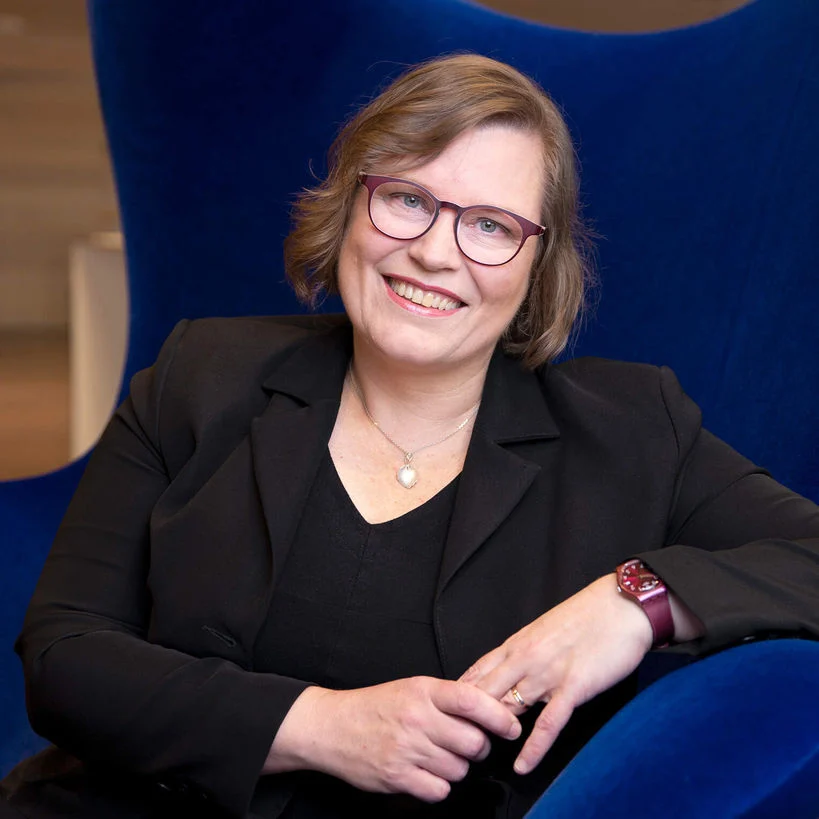Circular Economy and the Textile industry
MAIN CLASS

Lecturer: Kirsi Niinimäki
Associate Professor in Design at the Aalto University, School of Arts, Design and Architecture
Research team leader of Fashion/Textile Futures
Check our supplementary classes for more information on the topic.
By the end of this class you should be able to understand how the linear system (design-manufacturing-sale-use-dispose) works and what kind of issues it imposes to the environment and society. It has been estimated that 80% of all products turn into “waste” and are thrown away within the first six months. Products are not made to last longer and be durable in the current linear model and consumers are not looking for the best quality when they are purchasing new products. They might search for more fashionable items, newest trends, change and fun and through buying they are getting “emotional highs”.
Circular economy proposes a change for this and the aim is to slow down and create better sustainability balance in the system level of production-consumption. In the future products need to be designed so that they last longer, are repairable, perhaps upgradable and at the end of their life the materials are possible to recycle back to industrial production (closing the material loop). This approach changes the business logic, the design and manufacturing processes as well as the aesthetic of the product world and moreover the consumption practices.